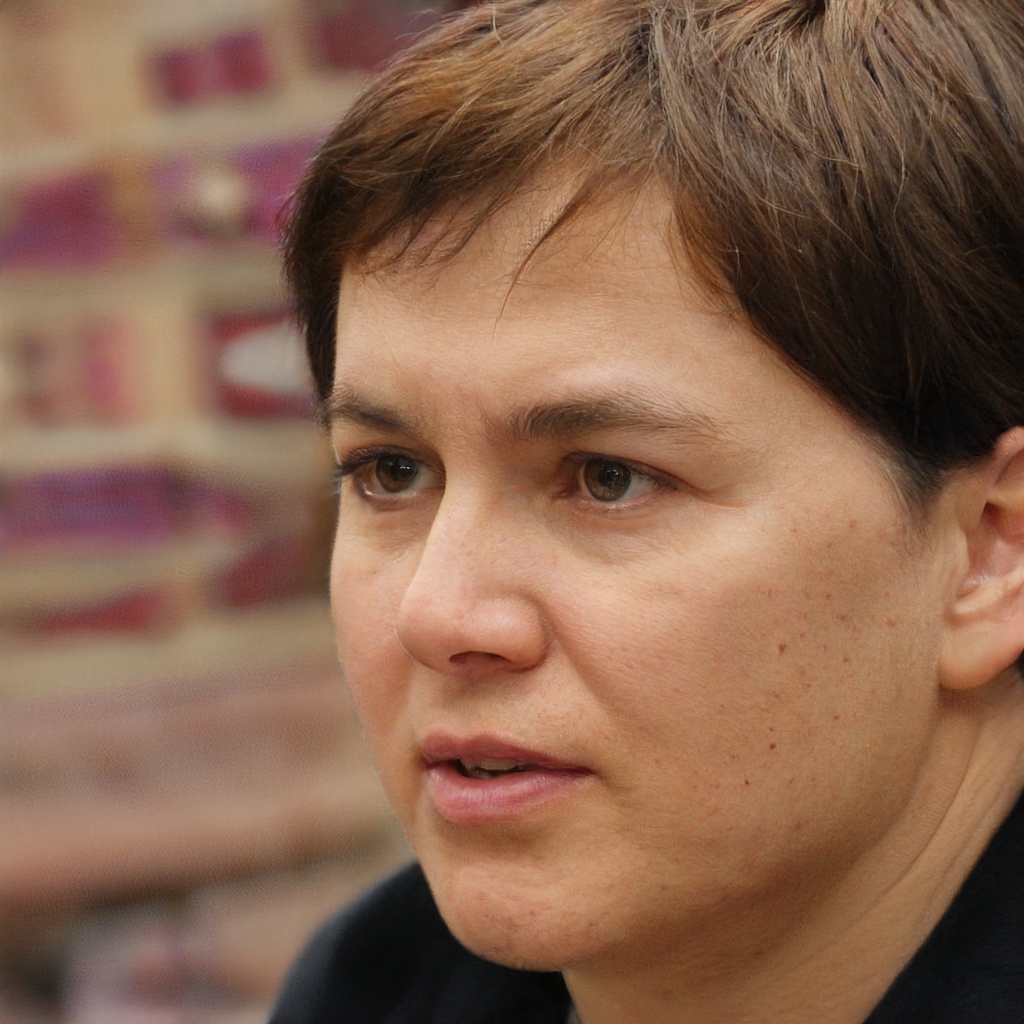These days many Digital Terrestrial channels are becoming "provisional": here's why and what viewers have to do to keep watching them
January 2022 will be a month full of changes for broadcasters transmitting on Digital Terrestrial, but something is already happening these days: a lot of channels, in fact, next to their name and LCN number bear the words "provisional". The reason for this is already well known: on January 3, 2022 the "refarming" of the 700 MHz band frequencies will begin in all regions of Northern Italy, a process that will end in mid-March and will involve the movement of many broadcasters from one frequency to another and, unfortunately, also the disappearance of some historic local broadcasters. For Digital Terrestrial users, in principle, there will be no big problems as long as they have a recent TV: already now, in fact, many broadcasters have started transmitting with the new Mpeg 4 codec. Here's what exactly is happening.
Digital Terrestrial: how refarming works
The term "refarming" means that all TV broadcasters that today broadcast on frequencies between 694 and 790 MHz (corresponding to UHF channels 49-60 of automatic TV scanning) will have to move to other frequencies.
This is because those frequencies have been assigned by the state at auction, already at the end of 2018, to telephone operators who will use them for the fast 5G data network.
This is a lot of channels, which will have to find space in fewer available frequencies. That's why, along with the frequency change, comes the switch from Mpeg 2 encoding (used today) to Mpeg 4. La codifica Mpeg 4 permette di trasmettere più canali a parità di frequenza, e quindi di trovare lo spazio per tutti (o quasi).
Digitale Terrestre: cosa vuol dire canale provvisorio
I canali che oggi vengono dichiarati “provvisori" sono proprio quelli che stanno traslocando: gli stessi canali, infatti, al momento sono trasmessi anche su altre frequenze, con il codec Mpeg 4. Tra i due canali gemelli, a gennaio 2022, verrà spento quello che oggi viene dichiarato provvisorio.
Giusto per fare qualche esempio, tra questi canali ci sono tutti quelli del MUX nazionale Rete A 2, con numeri LCN tra 128 e 144:
- Gold Italia TV
- La 4 Italia
- Channel 24
- Rete Italia
- Lineagem
- Linea Italia
- Orler TV
Tutti questi canali sono già passati da Rete A MUX 2 a Timb MUX 2, ma poiché Rete A MUX 2 non è ancora spento li troviamo duplicati: those of the old MUX have become temporary, still broadcasting in Mpeg 2 and will be eliminated, those of the new MUX have switched to Mpeg 4 and will remain even after January 3. At the end of October, the same thing happened to some Mediaset channels.
What does it change for viewers
So, behind the wording "provisional", there are two different issues: a change of frequency, but also a change of encoding. The change of frequency won't be a problem for anyone: just retune, as long as the TV doesn't do it automatically. For the change of encoding, however, the situation is not so obvious.
If the TV, or the decoder, are not able to process the compressed signal in Mpeg 4, in fact, you will not be able to see those channels from the beginning of January. To remove the doubt is very simple with a quick and easy test: if right now you can see both the provisional and the definitive channel there will be no problem.
On the contrary, if the definitive channel is not visible today it means that TV and/or decoder cannot process Mpeg 4. And they will not be able to do it even in January, so they must be replaced.
